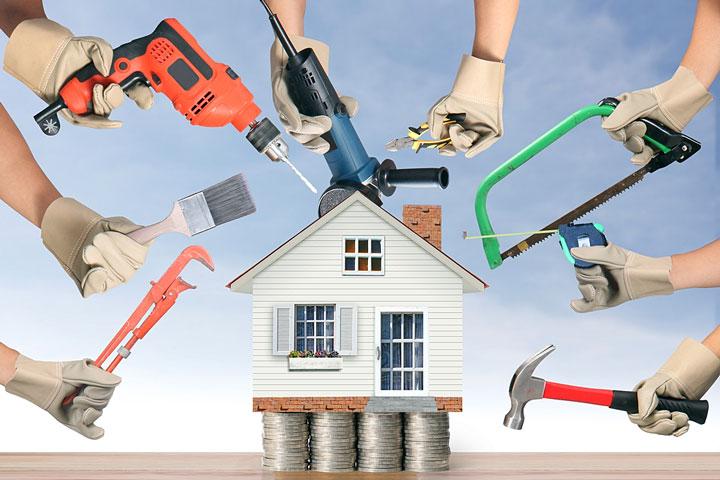
The upfront cost of making energy efficient upgrades may deter some homeowners interested in home performance improvements. Cost is always something to consider, but these upgrades are more about the Return on Investment (ROI) for homeowners who choose to take the plunge.
What is Return on Investment (ROI) for energy upgrades?
Investopedia uses a lot of industry jargon to define “Return on Investment” as “a performance measure used to evaluate the efficiency of an investment. ROI measures the benefit of an investment relative to the cost of the investment.”
How do home performance upgrades pay off?
From 2010 to 2013, the Better Buildings Neighborhood Program upgraded nearly 120,000 homes and buildings with the goal of achieving an annual estimated energy cost savings of 15 percent to 30 percent. Nine of the forty total grantees met or exceeded the cost savings goal, while others fell short in their efforts. However, total verified energy savings for the 3-year evaluation period provided over $40 million in annual savings and close to $850 million in estimated lifetime savings.
These numbers are impressive and show that energy upgrades do pay off in savings over time, but how quickly can individual homeowners expect to reap the benefits of their investment?
Home energy upgrades pay off in a variety of different ways. While saving money on energy bills can be the most enticing, research has shown that this might not be the greatest payoff.
Are energy cost savings the only benefits of home performance upgrades?
The truth of the matter is that energy upgrades will result in energy cost savings, but the quickest and greatest benefits are found in the improvements to your family’s health, safety and comfort.
By locating and removing contaminants that might be hiding in crawl spaces, attics and basements, and by air sealing and insulating a home, home performance contractors can reduce sources of dust and other allergens that invade the home, improving indoor air quality. These measures also more evenly distribute heating and cooling across the whole house, making all of the rooms more comfortable. The energy audit and upgrade process will also find and fix any potential safety hazards that could put your family in danger.
While energy upgrades may be costly, there are opportunities for tax breaks, subsidies, rebates and low cost financing incentives in many states. You can use the Department of Energy’s online tax credits, rebates and savings locator tool to see what is available in your state.
Unless you already live in a super-efficient and sustainable home, there are most certainly two or three energy upgrades you can make that will yield a strong ROI, which includes increasing your family’s comfort, safety and health as well as energy cost savings.

Follow us